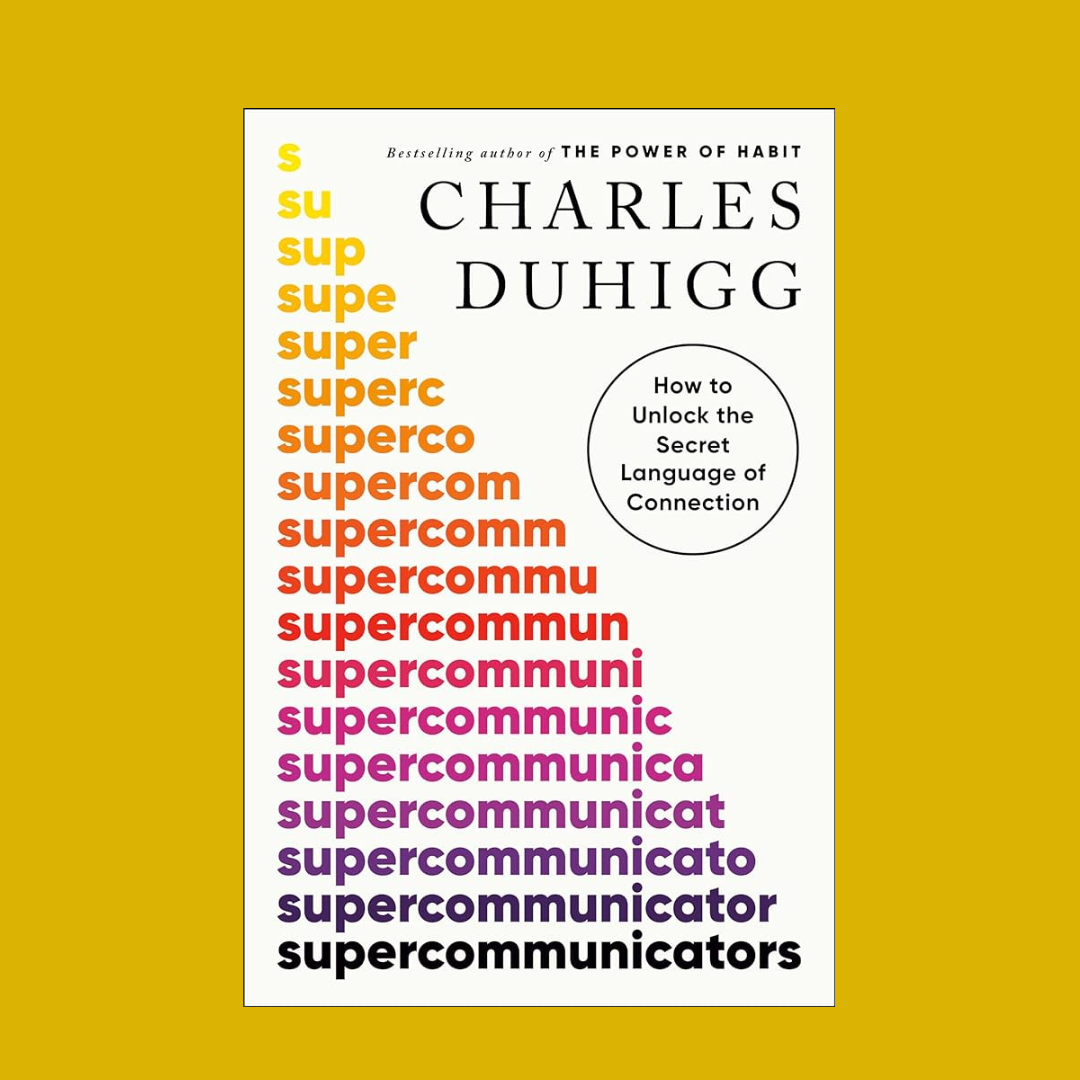Ideas to consider: Charles Duhigg’s “Supercommunicators”
The author of “The Power of Habit” returns with a book to teach how to connect with the people in your work and personal life.
Book Thesis: Some people know how to successfully communicate; others don’t. The measure of success for a conversation centers on connection:
Bad conversations are an exchange of words that are spoken but not heard, ultimately with participants unknowingly having different conversations.
Good conversations are centered on an aligned connection on one of three basic questions:
What’s this Really About?
Decision-making mindset | Ex: what we want to discuss and how we should discuss it.
How Do We Feel?
Emotional mindset | Ex: when we look for empathy, not advice.
Who Are We?
Social mindset | Ex: when we discuss relationships.
“Each of these conversations -- and each mindset -- is, of course, deeply intertwined,” Duhigg writes. “We often use all three during a single dialogue. The important thing to understand is that these mindsets can shift as a conversation unfolds. For example, a discussion might begin when a friend asks for help thinking through a work problem (What's this really about?) and then proceeds to admit he's feeling stressed (How do we feel?) before finally focusing on how other people will react when they learn about this issue (Who are we?). … Miscommunication occurs when people are having different kinds of conversations.”
Think through a recent conversation that didn’t go well. If you apply Duhigg’s lessons, can you spot if participants were having different conversations?
One Tip: A process known as “quiet negotiation” helps uncover a pathway forward in a conversation. The use of open-ended questions can help supercommunicators figure out what people really want — or need — to talk about and how.
